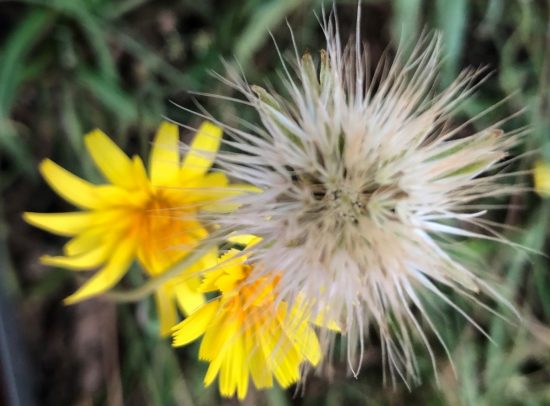Drawing on La Trobe’s extensive experience in fire research for ecological outcomes, and expertise in Victorian grassy ecosystems, this project aims to generate knowledge and solutions that address the global challenge of sustaining and restoring natural ecosystems in modified landscapes, and will empower people and communities to create more sustainable landscapes.
La Trobe University
Project Fire in the Belly: grassy ecosystem restoration through the cultivation of Aboriginal food and fibre plants
Amount $197,668 over three years
Date 2020
Program Past Programs | Environment
| TRUST OBJECTIVES | PROJECT OBJECTIVES |
|---|---|
| Rural and regional Victoria | Strengthening the capacity of Victorian land managers and Traditional Owners to restore threatened grassy ecosystems by cultivating culturally-significant Aboriginal food and fibre plants. |
| Reducing inequality | Extending opportunities for Aboriginal people to return to country, promote traditional knowledge and build capacity for their future economic opportunities |
| Enabling financial sustainability | Building capacity in Aboriginal food and fibre plant cultivation and grassy ecosystem restoration, and providing new economic opportunities. |
| Building organisational capacity | Strengthening relationships between community groups and Traditional Owners and creating a knowledge bank to inform future restoration and conservation activities. |
| Collaboration and partnership | Centre for the Study of the Inland and Centre for Future Landscapes, both at La Trobe University; Biolinks Alliance; Dja Dja Wurrung Clans Aboriginal Corporation (DDWCAC); Black Duck Foods (Bruce Pascoe). |

Image Yam Daisy. Photo: Aunty Marilyne Nicholls
Fire in the Belly is furthering the work of Bruce Pascoe (author of Dark Emu) with a multi-disciplinary approach that brings together existing anthropological, historical, ecological, horticultural and Aboriginal knowledge about Aboriginal plant foods used in South Eastern Australia. By examining the influence of traditional Aboriginal land management, including fire, on the production of culturally-significant food and fibre plants, a bank of information on local food crops and traditional farming techniques will be developed.
Snapshot:
- A tripartite partnership including Traditional Owner groups and local community organisations will bring together fire ecology and cultural research to improve grassy ecosystem management in central Victoria. Representatives from these partner organisations will make up the Steering Committee, which will manage the project.
- Cultural burning practice, which was traditionally the role of women, is a key component of this project.
- Understanding that working on food and fibre plants is women’s business, this project will bring women back to country through:
- Indigenous Project Officer, Aunty Marilyne Nicolls; and
- the establishment of the The Womens’ Knowledge Group.
- A library of resources about which species were used as food or fibre plants by Aboriginal people, and their locations, will be created.
- Extensive field work will include:
- Geospatial mapping to document remnant populations of food/fibre plants;
- Field surveys to identify remnant populations of target species;
- Cultural burns; and
- Post-fire field surveys to determine the influence of fire on plants.
- Plant species of interest include yam daisies (murnang), chocolate lilies, and cumbungi (rushes).
